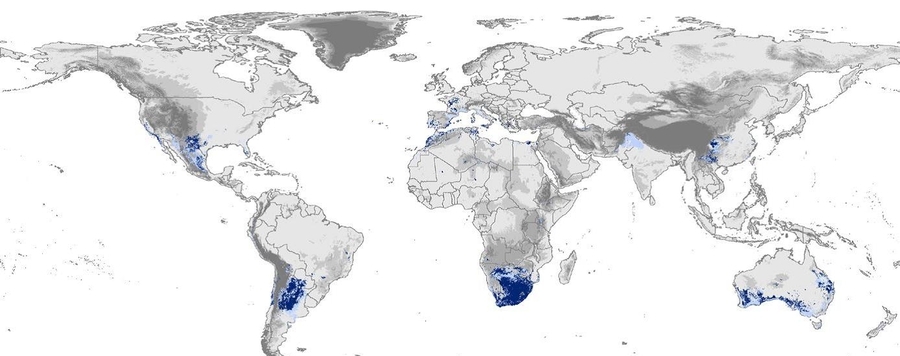
Global realized niche divergence in the African clawed frog Xenopus laevis
Although of crucial importance for invasion biology and impact assessments of climate change, it remains widely unknown how species cope to environmental conditions beyond their currently realized climatic niches (i.e., those climatic conditions existing populations are exposed to). The African clawed frog Xenopus laevis, native to southern Africa, has established numerous invasive populations on multiple continents making it a pertinent model organism to study environmental niche dynamics. In this study, we assess whether the realized niches of the invasive populations in Europe, South, and North America represent subsets of the species’ realized niche in its native distributional range or if niche shifts are traceable. If shifts are traceable, we ask whether the realized niches of invasive populations still contain signatures of the niche of source populations what could indicate local adaptations. Univariate comparisons among bioclimatic conditions at native and invaded ranges revealed the invasive populations to be nested within the variable range of the native population. However, at the same time, invasive populations are well differentiated in multidimensional niche space as quantified via n-dimensional hypervolumes. The most deviant invasive population are those from Europe. Our results suggest varying degrees of realized niche shifts, which are mainly driven by temperature related variables. The crosswise projection of the hypervolumes that were trained in invaded ranges revealed the south-western Cape region as likely area of origin for all invasive
populations, which is largely congruent with DNA sequence data and suggests a gradual exploration of novel climate space in invasive populations.






